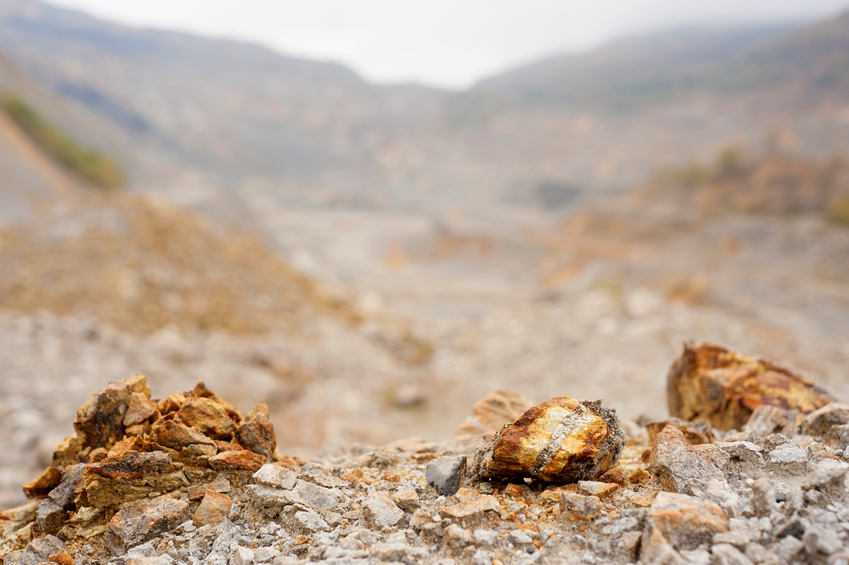Gold is valuable for two reasons. The first is the more important one, and that’s gold’s incredible rarity. The American Museum of Natural History says that a ton of rock possesses only 0.005 grams of gold on average. That’s why possessing gold and showing it off, even in a small amount, has been a status symbol for most of recorded history.
The second reason is a more recent development. Gold’s inherent properties make it a tremendously flexible material in a number of modern technologies. It carries heat and energy very efficiently. It’s malleable yet durable. We can create a number of shapes out of gold, and yet it will not wear down quickly. It alloys with other metals well.
Yet how is gold actually formed in concentrated amounts? Gold is naturally occurring. When heated currents of fluid circulate under the Earth through rocks, it melts and picks up gold and other metals. Chemical differences in the fluids cause them to separate to a certain extent, creating concentrations in the form of lode deposits.
This collection through superheated fluid means that areas with great tectonic activity – where there are volcanoes or earthquakes – bear more gold to the surface. This is one reason why gold panning in Central California bears results. As veins of gold are exposed to nature, they’re eroded and swept into flowing water – our streams and rivers.
This is the key reason Mokelumne River Canyon bears so much gold. Our average ton of rock would bear considerably more gold than the global average. That’s why we even maintain a working gold mine. The exposed cliffs are constantly being eroded by weather and giving up their gold into the rivers. It’s why we run classes and tours on how to pan for gold at Roaring Camp Mining Company. It’s a relaxing way to spend your time enjoying nature with family, and you never know how much your gold panning may turn up!

